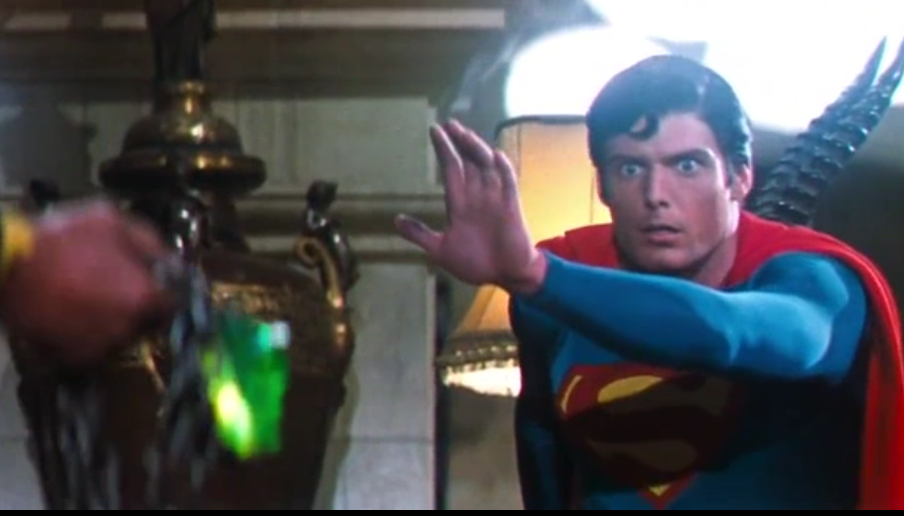Doesn’t matter, Netflix will cancel good shows and keep bad ones anyway
Still pissed they cancelled GLOW
No one really knows other than Netflix execs. A lot has to do with the cost of the show per viewer. It’s why HBO/Discovery is filling up with reality programming (cheap to produce). You can have a great show and it can end up in the top ten, but if it costs too much to make then the network has to figure out if production costs can be cut. Or if costs can be offset by product placement.
Streamers shifting to ad-based plans also changes things. You can now have a premium program that’s a “loss leader” if it brings in enough subscriptions that also watch the cheap programming and existing back catalog. The additional eyeballs on ads means more cash intake for the network which balances out the more expensive shows.
They recently started releasing viewing data for all shows in six months intervals.
https://about.netflix.com/en/news/what-we-watched-a-netflix-engagement-report
That sounds like the report for the first half of 2023, but also has a link to the second half.
Their exact criteria will probably change depending on a number of factors, but one could look up figures for a cancelled show to get some idea of what isn’t good enough.
There’s not going to be one single number for this - you’re most likely looking at views/production costs or effect on retention/production costs.
It’s more than just views. It’s rewatches, binge watches, complete vs interrupted episode watches, probably even time skips.
Likely also where the view comes from, like a specific search vs general recommendations vs targeted recommendationsIf you think about it, Netflix doesn’t get paid by the view, they get paid by the subscription. So the ideal Netflix show is one which is desirable enough to draw in and retain subscribers while being cheap to produce. Whether or not people actually watch the show is irrelevant to them. If it gets people in the door it’s a winner.
Not in the ad tiered option anymore, for that one they do need actual watchtime



